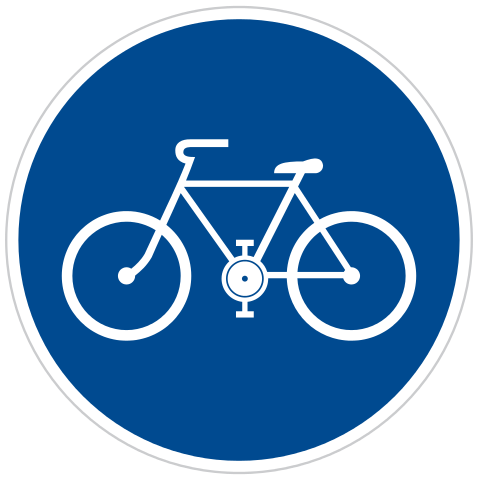

And please, with some automatic speed limiter that reads and observes road signs and basic traffic laws.


And please, with some automatic speed limiter that reads and observes road signs and basic traffic laws.


Power is irrelevant. Pedestrian crash severity = speed² × shape impacting human head
And in bikes, power and if existant, motorization is what determines speed.


What you want is apparently a light motorcycle or moped or vespa-like motorized scooter. You do not really power it by muscles, you need a really heavy and powerful battery, it will be much more expensive, you need a helmet, you need a license plate, you can’t service it yourself, you really ought to wear heavy protective gear if you don’t want to lose much of your skin in an accident or fall, you can’t ride it in the winter because it is too cold, you need to use the road because you need far better overview at crossings. All these restrictions are written in blood.
Oh and on a 10 mile commute your speed advantage will be minimal in most cases.
The amazing thing about bicycles is that they hit a unique sweet spot of parameters and design constraints which simply is not accessible for motor vehicles. Mopeds have evolved multiple times from the (wrong) idea that you can have a fast bicycle by adding a motor, without changing fundamentally what it is.


And I forgot to say, all these safety regulations are written in blood.


Yeah companies don’t like any regulation. If it were as they dream we would still live in asbestos-poisoned buildings and have electric appliances that for lack of safety regularly kill small children.
What does this industry wants? Bikes where granny can go with 50 km/h on a bike path without a helmet?


The whole industry is worried, but it’s not about one company. With motors like these, we are moving further and further away from bicycles, and as an industry, we risk e-bikes being regulated by the EU. So far, e-bikes have been treated the same as bicycles in the EU. And we as the ZIV want to protect this status. To achieve this, we need to clarify the gray areas in regulation that define what is and what is not a bicycle. And two values are important here: performance and the ratio between rider power and motor power.
In this respect, DJI achieves values with the Avinox motor with 1000 watts and 800 percent muscle gain that did not exist before.
As I said, it’s not just about one specific brand. It’s about everyone pushing the performance values upwards. And the EU could look at this and ask: What are you actually doing here with your Newton meter power assistance factor race? Unlike the e-bike, the S-pedelec with a cut-off speed of 45 km/h is considered a moped in the L1 class and is subject to type approval. The type approval defines the assistance factor 4 for the S-pedelec.
And now the e-bike manufacturers are launching e-bikes that do not require type approval with a factor of 8 on the market.
Note that there is some confusing terminology: “eBike” as a common (but wrong) term means a bicycle with assistance electric power which is limited to 25 km/h in speed. The proper term for this is “Pedelec”. In difference to this, “S-Pedelec” means a light motorcycle which in Germany can go with up to 45 km/h, needs insurance, license plate, strict technical certification, helmet - and cannot, of course, use bicycle paths and cycle lanes.
28MPH is 48 km/h. That’s wayyy to much.